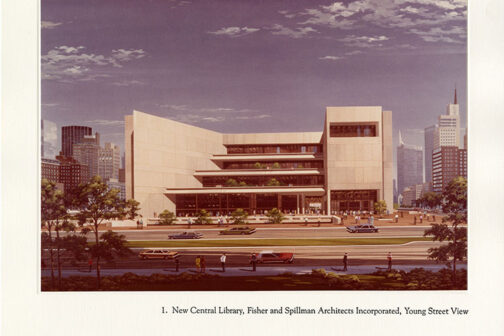Last week, as we put online a fun historical piece about the Longhorn Ballroom that ran in the September issue of D Magazine, I told you about a meeting of the State Board of Review to assess the nomination of the Longhorn for the National Register of Historic Places. Well, friends, I have news to report. There are details, and I am lazy, so I will quote directly from Greg Smith, the federal programs coordinator of the History Programs Division for the Texas Historical Commission. Smith said in an email:
“The State Board of Review is an advisory board that reviews National Register nominations in Texas and provides comment to the State Historic Preservation Officer (in Texas, the SHPO is the THC Executive Director, Mark Wolfe). Federal regulations (36 CFR 60) require that each state have a review board as part of the National Register process.
“The board unanimously approved all eight nominations on its agenda on Saturday, and members were very complimentary on the Longhorn Ballroom nomination. The next step is for THC staff to review the board’s comments and edit the nomination to ensure that it meets the technical standards necessary for listing. We will submit the nomination to the NPS within 90 days of the SBR meeting and expect the NPS to approve it within 45 days of receipt.”
The bold text is my doing. Because it deserves emphasis. I considered also changing the color of the text to blue or red but decided it didn’t need that much emphasis. Now I’m second-guessing that decision.
In any case, Edwin Cabaniss goes before the Dallas City Council on September 28 with his plans to redo the Longhorn; he’s asking for about $4 million in economic incentives. Stay tuned.



















